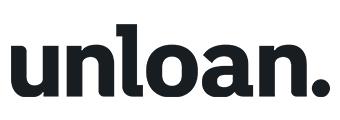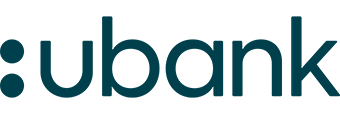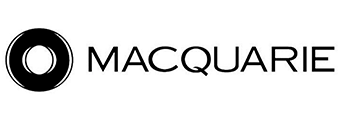The 2020 St. George Home Buying Survey, conducted by Lonergan Research on 1,483 Australians, found first home buyers spent 44 hours looking for their first property, and that's before even undertaking the home buying process.
This 44 hours includes spending time researching properties, looking up lenders and applying for a home loan.
Nine in ten first home buyers believe their application process needs to catch up to the digital age, with the millennial generation twice as likely to use apps for their property search.
Eight in ten also find the application process for a home loan time consuming and inconvenient, and half are 'pained' by the overall amount of information they need to process.
The main hurdles in the buying process, according to survey respondents were:
- Understanding what is involved (73% saying it's a major hurdle)
- Learning about the housing market (71%)
- Working out their financials (64%)
Time-poor first home buyers researched properties and home loans while on holiday (42%), watching TV (35%), during their lunch break (26%), and in the bathroom (11%).
This research comes after St. George launched its 'Property' app in November, which aims to match potential buyers with properties based on lifestyle factors, rather than suburb as a primary discriminator.
Powered by Domain data and home listings, the app can also be used in lieu of the bank's paperless home loan application, which shifts the process totally online, with online support and lending experts also available.
St. George Bank general manager Ross Miller said searching by lifestyle and wish list is a potential 'game changer'.
“For example, if being beachside and close to schools is top of your list, searching by these functions may reveal a whole range of ideal properties in previously unconsidered locations and, within your price range," Mr Miller said.
“Users can prioritise commuting times, by what method of transport, proximity to bars and restaurants and even their parents’ house or schools.
"They can also set their search for what type of area they want to live in such as ‘beachy’, ‘leafy’ or city."
The app also includes a ‘Market Thermometer’ and property price estimates, to help property searchers determine if it's a good time to buy.
The survey results come after it was reported just 35-40% of homes in the market will be available to those participating in the First Home Loan Deposit Scheme, under the current price caps.
Looking for your first home? The table below displays some of the lowest-rate variable home loans currently on the market for owner occupiers:
| Lender | Home Loan | Interest Rate | Comparison Rate* | Monthly Repayment | Repayment type | Rate Type | Offset | Redraw | Ongoing Fees | Upfront Fees | Max LVR | Lump Sum Repayment | Extra Repayments | Split Loan Option | Tags | Features | Link | Compare | Promoted Product | Disclosure |
|---|---|---|---|---|---|---|---|---|---|---|---|---|---|---|---|---|---|---|---|---|
5.54% p.a. | 5.58% p.a. | $2,852 | Principal & Interest | Variable | $0 | $530 | 90% |
| Promoted | Disclosure | ||||||||||
5.49% p.a. | 5.40% p.a. | $2,836 | Principal & Interest | Variable | $0 | $0 | 80% |
| Promoted | Disclosure | ||||||||||
5.64% p.a. | 5.89% p.a. | $2,883 | Principal & Interest | Variable | $250 | $250 | 60% |
| Promoted | Disclosure | ||||||||||
5.64% p.a. | 5.89% p.a. | $2,883 | Principal & Interest | Variable | $248 | $350 | 60% |
| Disclosure |

Ready, Set, Buy!
Learn everything you need to know about buying property – from choosing the right property and home loan, to the purchasing process, tips to save money and more!
With bonus Q&A sheet and Crossword!





.jpg)